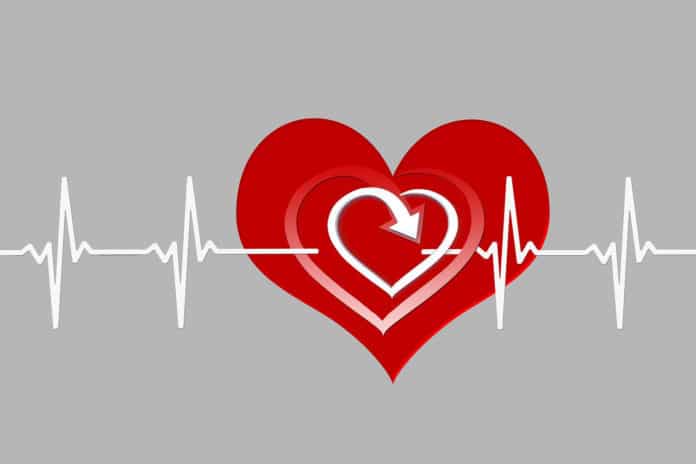The heart rate is one of the ‘vital signs’ or the crucial indicators of health in the human body. It measures the number of times per minute that the heart contracts or beats.
Heart rate is routinely measured as part of the clinical examination but is rarely acted upon unless it is well outside a population-based normal range. However, the heart rate can now be continuously measured via wearable sensor technologies. Such technologies make it possible to accurately identify an individual’s normal heart rate and potentially significant variations in it over time.
In a new- first of its kind of study, scientists analyzed de-identified heart rate data from wearables worn for a median of 320 days by 92,457 people from across the U.S. Almost 33 million days’ worth of heart rate data were collected in total.
Scientists then used the data to analyze variations in resting heart rate for individuals over time, as well as between individuals with different characteristics.
The investigation demonstrated that one individual’s mean normal resting heart rate might vary by up to 70 beats per minute from someone else’s normal rate. Taken together, age, sex, body mass index (BMI), and average daily sleep duration represented under 10 percent of the observed variation between people.
The authors also observed a small seasonal trend in the resting heart rate, with marginally higher values observed in January and slightly lower appraisals in July. The analysts likewise found that a few people may occasionally experience brief periods when their resting pulse contrasts by at least ten or more beats per minute from their normal range.
These discoveries propose the potential estimation of further research to explore whether tracking an individual’s daily resting heart rate could empower earlier detection of clinically significant changes.
Scientists noted, “Day-to-day changes in resting heart rate could be the first true, individualized digital vital sign, which is only now possible to measure thanks to wearable sensor technologies.”
“We analyzed the extent of inter- and intra-individual changes in resting heart rate over a prolonged time, showing distinct patterns of variation according to age and sex, time of the year, average sleep duration and body mass index. These variations in resting heart rate may allow for the identification of unexpected early changes in an individuals’ health.”
The study is published in the journal PLOS ONE.
